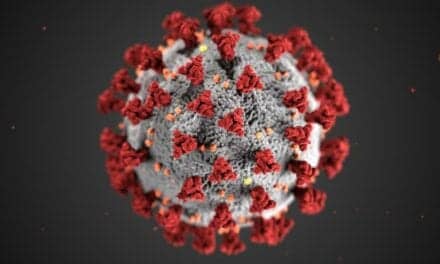Standard testing for SARSCoV-2 requires a nasopharyngeal or oropharyngeal swab but has several limitations, such as the need for healthcare human resources and PPE, and also has the potential for transmission in transit to or at the testing center. Testing that uses saliva offers several advantages—it does not require trained staff or PPE, it can be done outside testing centers, and it may be better tolerated in challenging or pediatric populations. To compare the two approaches, Canadian researchers determined the detection rate of SARS-CoV-2 using a novel, self-administered kit for saliva collection versus standard swab testing.1 Both types of test were administered concurrently to high-risk people who were asymptomatic or showing only mild signs of illness suggestive of covid-19. In a Letter published in the Annals of Internal Medicine, the authors reported
Of the 1,939 paired swab and saliva samples analyzed, SARS-CoV-2 E gene was detected in 70 samples—80.0% with swabs and 68.6% with saliva. Thirty-four participants (48.6%) tested positive for SARS-CoV-2 on both swab and saliva samples. Discordant test results were seen in 22 participants (31.4%) who tested positive with swab alone and in 14 (20%) who tested positive with saliva alone. Swabs were obtained from the nasopharynx in 35.7% of participants who tested positive with saliva alone, compared with 9.1% of participants who tested positive with swab alone.
“Our study shows the feasibility of a simple, safe collection tool for salivary detection of SARS-CoV-2 in the setting of a COVID-19 testing center,” the authors concluded. “Despite a lower estimated rate of detection relative to swab testing, saliva testing may be of particular benefit for remote, vulnerable, or challenging populations.” Reference 1. Caulley L, Corsten M, Eapen L, et al. Salivary detection of covid-19. Ann Intern Med. Epub. August 28, 2020. doi:10.7326/M20-4738.





